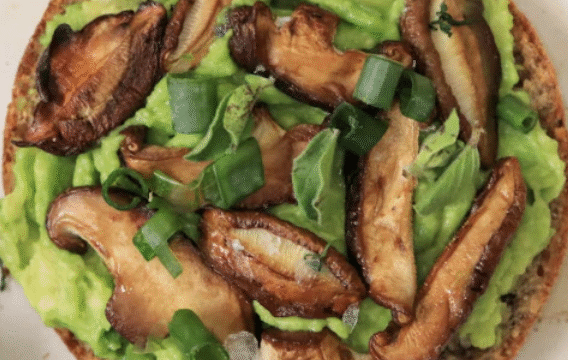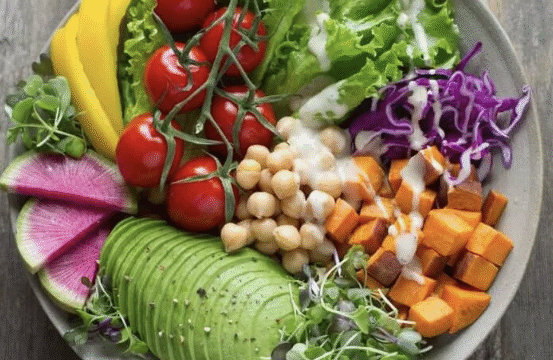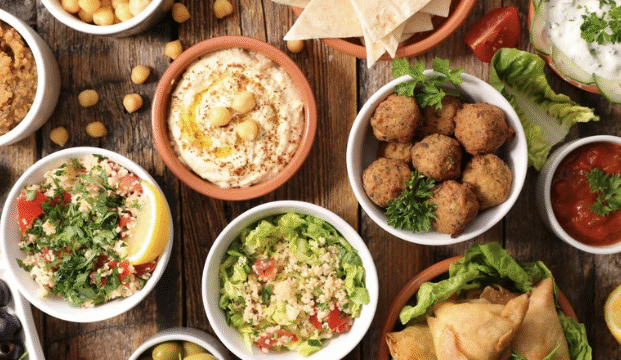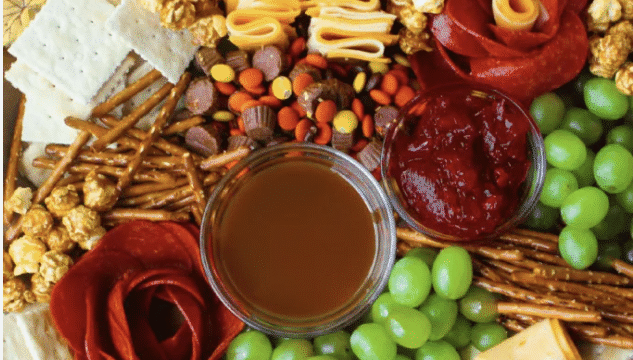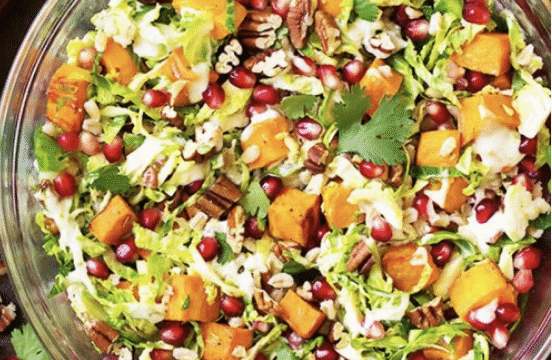Helping children understand the difference between healthy snacks and treats can empower them to make better food choices for life. Rather than labeling foods as “good” or “bad,” it’s more effective to encourage balance, mindfulness, and moderation. Here’s how to approach this important conversation with kids.
What Are Healthy Snacks?
Healthy snacks are foods that give the body nutrients it needs between meals. These snacks help support growth, energy, and focus—especially important for kids with busy school and play schedules.
Examples of healthy snacks include:
-
Fresh fruits like apples, bananas, and berries
-
Vegetables with hummus or yogurt dip
-
Whole-grain crackers with cheese
-
Unsweetened applesauce or smoothies
-
Nuts or seeds (for older children)
These snacks are typically higher in fiber, vitamins, and protein—nutrients that help kids feel full and satisfied.
What Are Treats?
Treats are foods that are usually lower in nutritional value but enjoyed for their taste, texture, or fun appeal. Treats can still be part of a healthy diet when enjoyed occasionally and in moderation.
Examples of treats include:
-
Candy, cookies, or ice cream
-
Sweetened drinks or soda
-
Chips or fried snack foods
-
Pastries and desserts
While treats may not offer many nutrients, they can be enjoyed at special occasions or as part of a balanced approach to eating.
Why the Difference Matters
Kids are naturally curious about food, and teaching them how snacks and treats fit into their day helps build lifelong healthy habits. Understanding the difference allows children to:
-
Recognize how food choices affect their energy and mood
-
Learn moderation without restriction
-
Make independent choices about what and when to eat
Teaching Strategies for Parents and Caregivers
Here are some simple ways to talk about snacks vs. treats:
1. Use Simple Language
Explain that snacks give us energy and nutrients, while treats are fun foods we enjoy sometimes.
2. Avoid Labels Like “Bad” or “Junk”
Instead of shaming treat foods, describe how different foods help our bodies in different ways.
3. Model Balanced Choices
Let kids see you enjoying healthy snacks most of the time, and treats on occasion without guilt.
4. Let Kids Help
Involve children in planning and preparing snacks. Let them build a snack plate with a fruit, a protein, and a fun item if desired.
5. Create a Routine
Set regular snack times with healthy options available, and save treats for planned moments—like weekend movie nights or birthdays.

